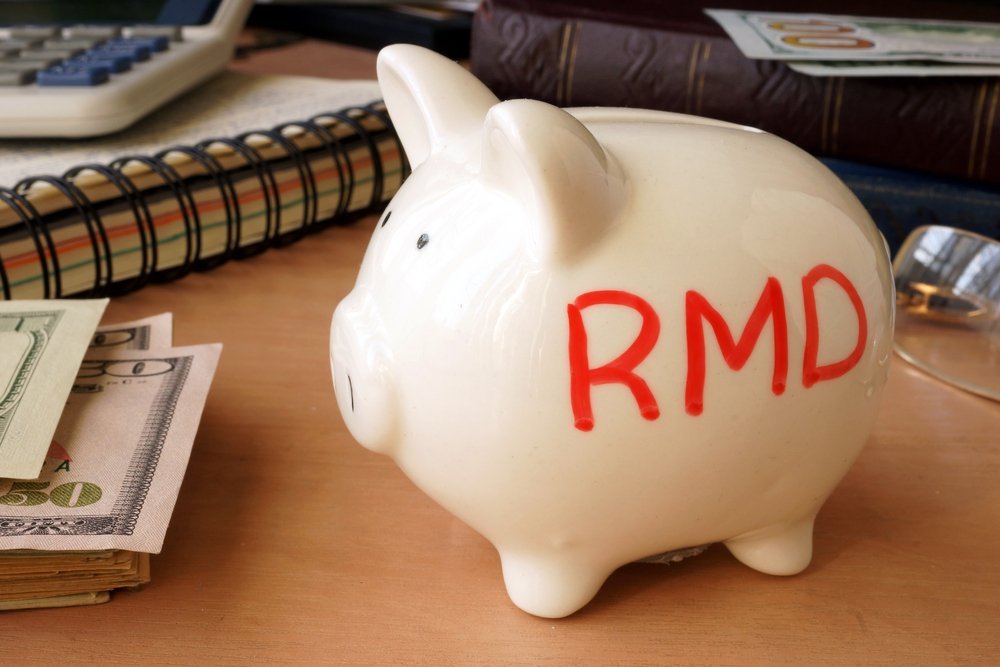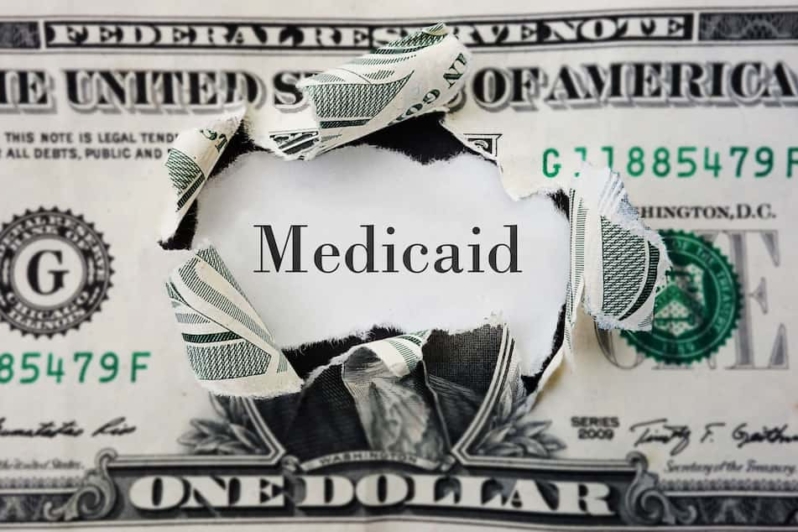Pandemic Relief: Retirement Account Owners Do Not Have to Take Required Distributions in 2020
Retirement account owners, many of whose retirement balances have been pummeled by a stock market drop due to the coronavirus pandemic, do not have to take mandatory withdrawals this year.
Posted on May 18, 2020

Federal law requires individuals who were age 70 1/2 before the end of 2019 to begin taking required minimum distributions (RMDs) from their retirement plan in April of the year after they turned 70. (Note that those who were younger than 70 ½ at the end of 2019 can wait until they turn 72 to take RMDs) The amount of the distribution is based on the value of the account at the end of the previous year, but the funds you withdraw are treated as taxable income in the year you take the distribution.
The coronavirus pandemic caused the stock market to tumble, depleting many retirement accounts. RMDs for this year would be based on the value of the account at the end of 2019, when the account likely had more money in it because the stock market was at a high point. Although the market has rallied somewhat, it still isn’t back to where it was at the end of 2019.
Recognizing this, the coronavirus relief bill known as the CARES Act waives the requirement that individuals take RMDs from their non-Roth IRAs and 401(k)s in 2020. This includes any 2019 distributions that would otherwise have to be taken in 2020. Waiving RMDs will allow retirees to retain more of their savings. The waiver applies to individuals taking RMDs from their own retirement accounts as well as people who have inherited retirement accounts.
Generally, it is considered a good idea to not take a withdrawal if you do not need to because leaving the money in the account allows it to continue growing tax-deferred. Taking a withdrawal can also increase your 2020 tax burden. However, there are circumstances where it may make financial sense to take an RMD, for example if you need the money to live on. In addition, if you know you are going to be in a much lower tax bracket in 2020, but expect your tax bracket to increase next year, it might make sense to withdraw the money now so you can pay taxes on the withdrawal at a lower rate.
If you already took an RMD, you may have the option to return it to the account it came from or another retirement account. Usually RMDs cannot be rolled over into another account, but because the CARES Act waived RMDs, they are considered voluntary distributions. This means they can be redeposited or rolled over into a new retirement account (including a Roth account) as long as you do it within 60 days. The IRS has provided guidance, waiving the 60-day rule if you took an RMD between February 1 and May 15 as long as you roll over the RMD by July 15, 2020. This type of rollover can only occur once per year, so if you rolled over a distribution within the previous 365 days, you cannot do it again.
More from our blog…
Capacity Requirements for Executing Estate Planning Documents
Proper execution of a legal instrument requires that the person signing have sufficient mental "capacity" to understand the implications of the document. While most people [...]
What You Should Know About Long-Term Care
Research shows that roughly one in seven adults aged 65 or older will need long-term care at some point in their later years. Meanwhile, tens of millions [...]
Understanding Medicaid: What Does Medicaid Cover?
In the complex and frequently changing landscape of health care in the United States, Medicaid stands out as a vital program. Since 1965, it has [...]
Elder Financial Abuse: How an Elder Law Attorney Can Help
Elder financial abuse is a significant issue affecting many older adults nationwide. It involves someone exploiting or misusing an older person’s finances or assets for [...]
Recent blog posts

FREE WEBINAR
5 Things to Know About
Estate Planning
When You Turn Sixty-Five





